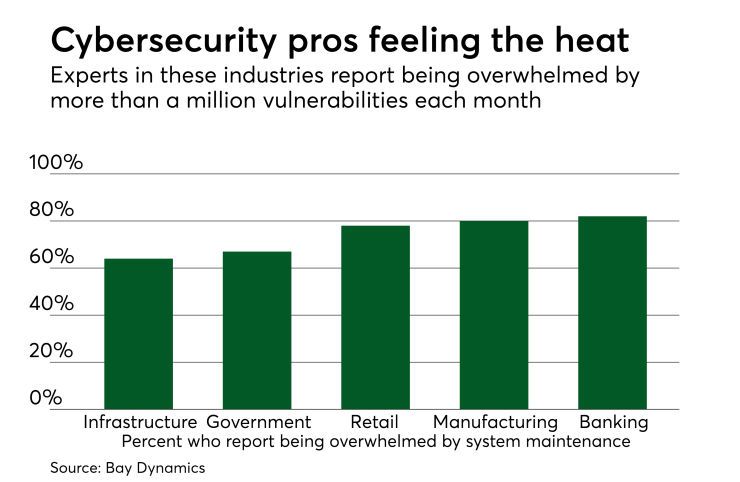There have been many cyberattacks including Equifax, SWIFT and countless more. Organizations spend millions of dollars trying to protect their organization and still lose.
The consequences of an attack, or even an attempt, aren’t just financial. Businesses begin losing customer confidence. Attacks — whether thwarted or not — can cause significant downtime, from applications, to websites to cloud services all going out of commission. Second to the public sector, the financial services industry takes the longest time to mitigate an attack, spending an average of seven hours resolving it.
We know that the threat landscape continues to evolve. In fact, the FBI recently

We also know that network service continuity and security has become a business imperative. So, what can the financial sector do to ensure they are protected? There are several best practices.
Enhance threat intelligence on your domain. Data feeds that provide insight based on global traffic pattern analysis can protect users from both internal and external attacks by blocking malware activity and mitigating data exfiltration attempts.
Augment your threat visibility with real-time analytics. Behavioral threat detection is critical especially when it can be done to prevent data theft and to meet regulatory compliance like GDPR and the US CLOUD Act.
Apply adaptive countermeasures. Even when an attack is unidentifiable, it ensures that business continuity remains intact and practically eliminates risks of blocking legitimate users — critical for services like online banking.
Harden security for cloud/next-gen data centers. Cloud providers offer solutions with limitations. They aren’t purpose-built for the DNS. Consider adding a layer that covers the DNS so that cloud-stored data is protected against exfiltration, and in the event of an attack service is not discontinued while access to the cloud and your applications remains intact.
Go global. Recognizing unusual or malicious activity at the DNS level is one thing, but being able to report it across the entire global network is another. As threats move laterally, your network needs a holistic network security policy to address any risks.
Even though 94 percent of organizations understand the criticality of having a secure DNS network for their business, there is overwhelming evidence showing that businesses need to take more action. DNS threats aren’t going away, in fact they are getting more sophisticated and prevalent. If financial institutions remain in the dark about securing their DNS, they run the risk of having their lights go out permanently.





